Saying that a flood is destructive is an understatement. When it happens, you have to clean up the floodwater as soon as possible to prevent further damage to your property.
This guide will walk you through the process of emergency flood cleanup. Follow these steps to restore your home or business establishment.
Before Everything Else: Safety First
Flood cleanup is a dreadful, yet necessary task. You need to be as quick at it as you can so you can save what is left undamaged, and salvage those that might need minimal repairs. But first of all, you have to think of your own safety while doing this.
Remember these tips:
- Before you begin, be sure to familiarize yourself with the potential hazards. Floodwaters can contain all sorts of dangerous contaminants, so it’s important to take precautions to protect yourself.
- Clothe yourself. Put on long sleeves, long pants, boots, and elastic gloves to avoid contact with the water, and be sure to ventilate the area to avoid exposure to fumes.
- You should also have a plan for disposing of any hazardous materials you might encounter.
Once you’ve taken these precautions, you can begin the flood cleanup process.
Pointers for Emergency Flood Cleanup
1. Evaluate the impact of the flood
If you’ve experienced a flood, you’ll first want to assess the damage. Look around your home and see what has been affected. If there is significant damage, it’s critical to call in a professional cleanup crew as they have all the experience and equipment necessary to deal with your situation.
2. Turn off the gas and the power
When it comes to flood safety, there is one thing you need to be sure of—that the gas and the power are turned off when your home is flooded so you can avoid damage. Gas is hazardous in flooded areas because it can lead to explosions. Power lines that are down due to flooding, meanwhile, can pose a severe electrocution hazard. So be sure to shut off the gas and the power before floodwaters start rising, and until you are done with cleanup after the flood; it could save your life.
3. Start cleanup by making sure of your safety
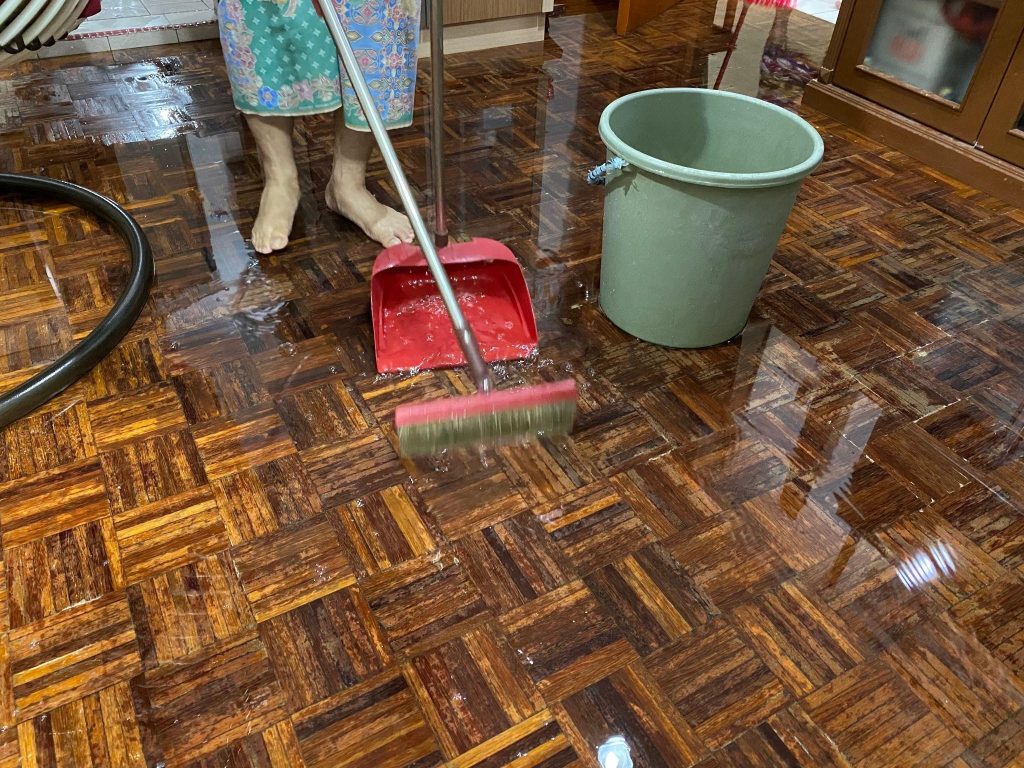
Floodwaters can contain sewage and other contaminants that can cause serious health problems. So we couldn’t stress this tip enough; take safety precautions by wearing gloves and protective covering when cleaning up after a flood, then disinfecting after.
4. Dry your place thoroughly
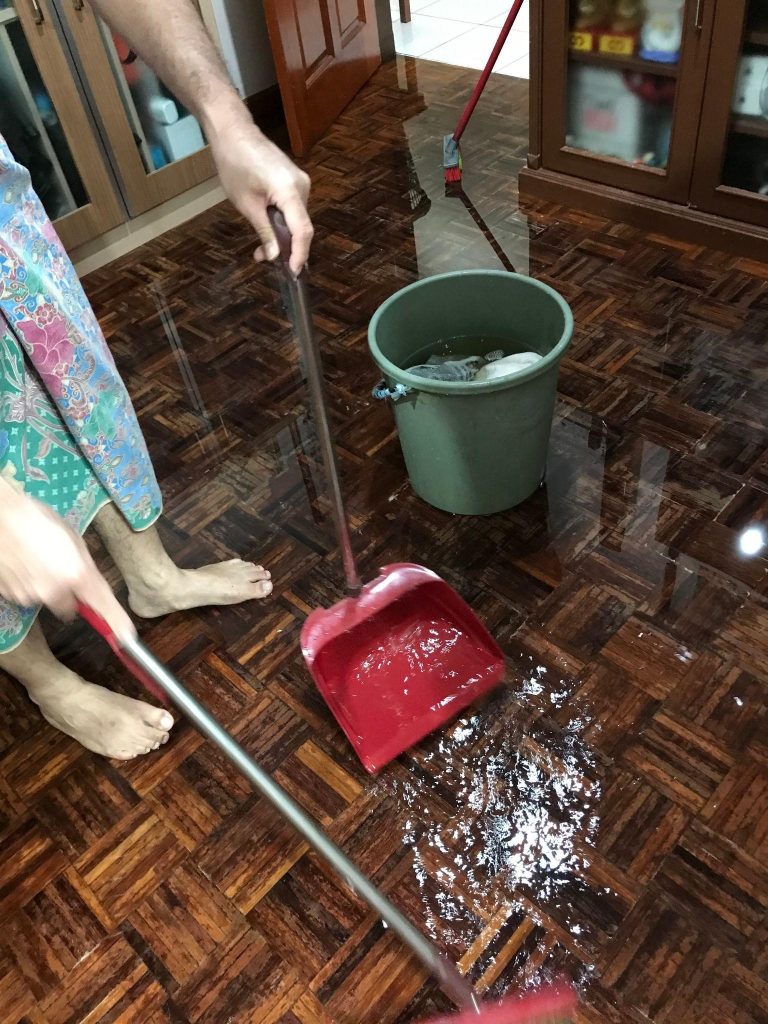
After cleaning all the floodwater from the affected part of your house, the next step is to dry the interior by aeration. This may include opening up all the windows in the room, running all the fans, and maybe even renting a couple of industrial dehumidifiers. It’s a lot of work, but it’s vital in making sure no floodwater is left to do damage in your home, and will save you a lot of money and headaches in the long run.
5. Remove foul odors
When cleaning up a room damaged by floodwater, you need to make sure that the affected area doesn’t just look clean—it has to smell clean, too. Here are a few simple steps to eliminate the odd smell in the room after a flood:
- Wash all hard surfaces with a diluted bleach solution (1 part bleach, 10 parts water). You may also need to shampoo or steam-clean carpets and upholstery.
- Aerate the room: allow in fresh air by opening all of the doors and windows in the affected room.
- Place bowls of vinegar or charcoal within the affected area to absorb any remaining odors.
6. Disinfect thoroughly
After cleaning up all the mess left behind by the flood, it’s important to follow it up with thorough disinfection to prevent growth of mold and bacteria. Using a disinfectant cleanser or a diluted bleach solution, disinfect your countertops, floors, and walls. If you have carpets, upholstery, and drapes in the affected area, don’t forget to disinfect them, too.
Mold and bacteria are likely to grow in bathrooms and kitchens if left unclean and contaminated after a flood, so pay extra attention in cleaning them. Also, wash your dishes, linens, and clothing in hot water, and don’t forget to throw away any spoilt foods.
7. Call your insurance agent
One situation where insurance can be beneficial is in the aftermath of a flood. If your home is damaged by flooding, your insurance policy may cover the cost of repairs and cleanup. But it’s important to act quickly and contact your insurance agent as soon as possible after the flood. The sooner you file your claim, the sooner your insurance company can start processing it and getting you the help you need.
Final Words
By following these emergency flood cleanup pointers, you’ll be able to minimize the damage the flood has caused your home, and you can start rebuilding as soon as possible. If you need assistance in cleaning your home after a flood, or if your home or building has sustained severe flooding or storm damage, you can always call PuroClean for help. Contact us today so we can start putting your life back on track.
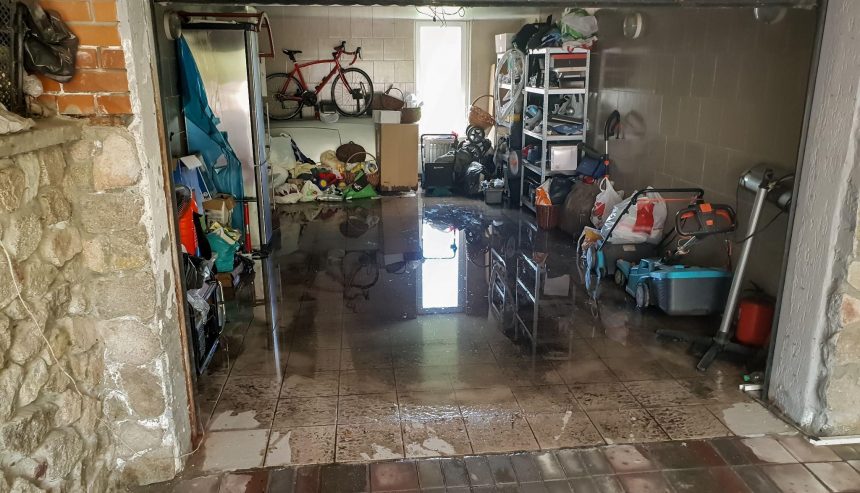
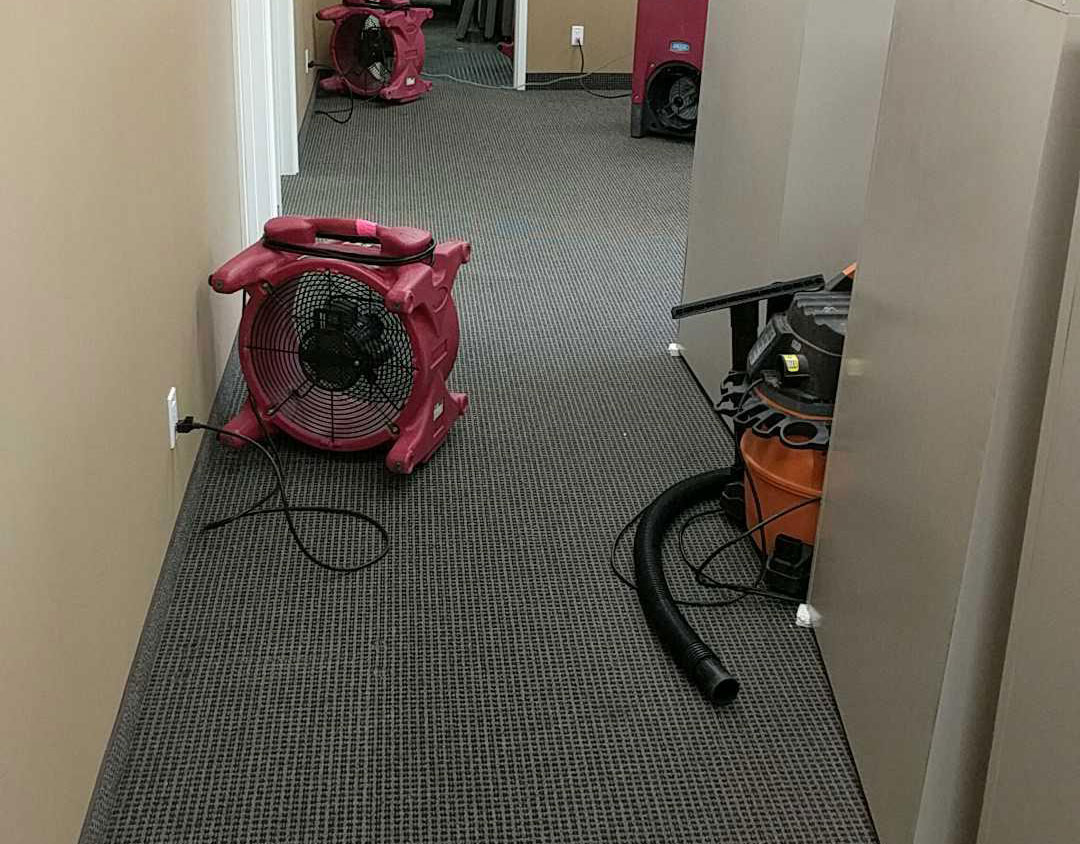
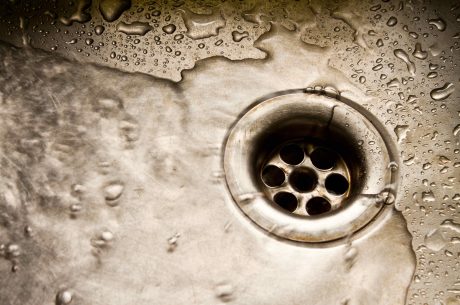
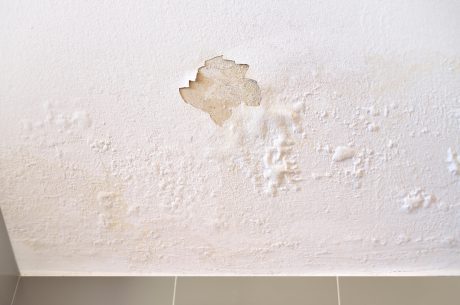
 PuroClean Certified Restoration Specialists
PuroClean Certified Restoration Specialists